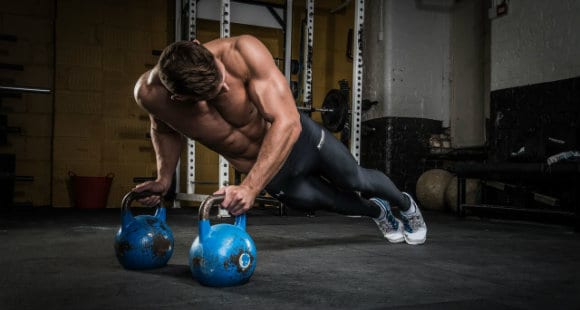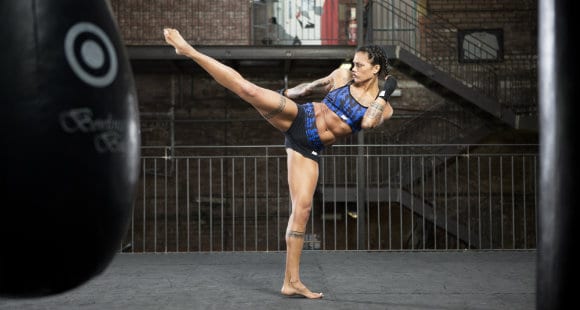Anatomical Notes
In a brief outline of anatomy, the external oblique muscle of the abdomen is located superficially in the abdominal wall, above the internal oblique and transverse abdominal muscles. Together with the aforementioned muscles, the rectus abdominis and the pyramidal muscle, it constitutes the abdominal wall and also considering the muscles of the posterior portion of the abdomen form the so-called Core. Always considering the anatomical point of view, the muscle originates from the superficial portion of the last 8 ribs (from the 5th to the 12th) and moving downwards latero-medially (therefore with an oblique trend towards the median line) it is inserted with its bundles, from the more lateral to the more medial one, at the level of the external lip of the iliac crest, at the pubis and at the pubic symphysis, considering the bundles that go downwards and the xiphoid process, considering those that go upwards. The aponeurosis of the external oblique of one side merges with that of the contralateral homonymous muscle and forms the linea alba in the center, together with the aponeuroses of the underlying muscles (internal oblique and transverse abdomen). If we consider the action of the muscles of both sides, these flex the torso, together with the others of the abdominal wall and lower the ribs during the forced exhalation; if, on the other hand, we consider the action of the muscle on one side only, this flexes and tilts the torso laterally towards its side.
How to train it
Given the specific action of the muscle, this it can be trained both in conjunction with the other muscles of the abdominal wall, in flexion exercises of the whole torso or in more specific exercises in which the rotation of the torso or its lateral flexion is introduced. Last, but certainly not least, is their action in maintaining adequate abdominal pressure in exercises such as Squat, Deadlift, Clean, Snatch, Push press or in all those exercises where a strong stabilization of the spine is required; the contraction of the abdominal wall also prevents the formation of abdominal hernias and the propagation of the force exerted, from the upper to the lower portion of the body and vice versa.

The external oblique is a muscle on which the sportsman, but also the simple amateur who wants a nice defined physique, focuses a lot as being the most superficial one, it gives the lateral abdominal portion a nice tapered shape. In combat sports, its high tone and strength guarantees effective protection against punches and kicks; it is also essential in ground projections in any contact sport. The exercises that involve the muscle can therefore be both functional for combat sports and in harmonizing the body-builder's figure.
Exercises
The best known and most effective exercises in training the external oblique involve both rotations, both lateral pushups and full torso pushups, so we can both focus almost exclusively on the oblique and carry out a more generalized workout.
Now let's see some specific exercises that we are going to divide both by type (lateral or general flexion of the bust) and by increasing difficulty.
- Side deck: start by lying on one side with the body extended and the torso raised, resting the elbow and forearm on the ground. As you exhale, raise your pelvis while remaining with only the support of your feet and forearm. The position should be maintained for about 30-45 seconds / side with fluid and constant breathing. The exercise also involves the quadrice of the loins and the rectus abdominis.
- Crunch sideways while lying down, with the knees bent, we cross one foot on the opposite knee (for example left foot on right knee). From this position, with the hands behind the neck, we try to bring the left shoulder towards the opposite knee. In this type of rotation with torso flexion, not only the external obliques ipsilateral to the movement are involved but also the internal contralateral obliques. Repeat the exercise on the opposite side as well, making 2 or 3 sets of 15-20 repetitions per side.
- Woodchopper: the exercise can be performed either with cables (high or low position) in the classic variant or with equipment such as kettlebell, dumbbell or medicine ball. At the cable, your arms must be fully extended and both hands must grasp the handle. The movement must be carried out entirely from the torso, without bending the arms. If we use the high cable, we must go down and rotate the torso bringing the handle down and to the opposite side; vice versa if we use the pulley in the low position, the movement must be carried out in the opposite direction. When rotating the torso from top to bottom and to the left we are concentrating the work on the right external oblique and the left internal oblique (together with the rectus abdominis), vice versa for the rotation on the opposite side.

- In combat sports, as mentioned, a strong abdomen is essential and the most common exercises are Jack knife on swiss-ball or in suspension at the TRX and the Woodchopper (which simulates the movement of the wood splitter with the ax): the first and the second are variants of the same exercise; with the feet on the swiss-ball and the hands on the ground, bend the knees, trying to bring them down without arching the lumbar and maintaining a good tone in the abdominal level; the same is true for the Trx exercise but the difficulty is increased by the suspension of the feet: in this variant it is also possible to perform a rotation together with the flexion; from this position, inhaling, you return to the starting point. Repeat 2-3 times with 10-15 repetitions.


























